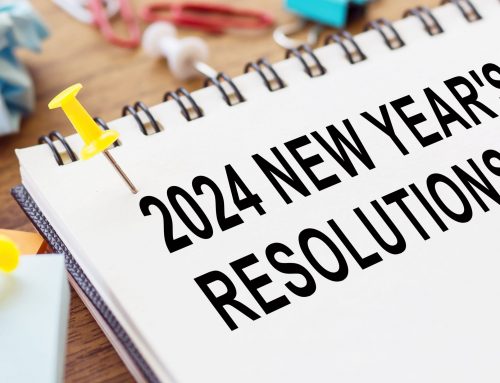One of the major drawbacks to classroom teachers incorporating movement into their daily schedule is space. They typically have a small area filled with desks or tables with little open sections for students to move freely. Here are two options for teachers to try to overcome this barrier:
1. Use activities that can be done while standing or sitting in one place
2. Reorganize the classroom layout to suite your students’ movement needs
Below, are two active classroom games that are great if your students need to move in very limited space. These activities can be found in the activity cards from Promoting Physical Activity and Health in the Classroom by Pangrazi, Beighle, & Pangrazi. Following those are a few images of active classroom layouts that allow you to utilize every last bit of space for your necessary items, while maximizing the space available for movement time.
Active Classroom Games
High/Low Jackpot
- Write a number between 1 and 100 on the board
- The teacher or designated student who has not seen the number stands with his back to the board, facing the class, and attempts to hit the jackpot by guessing the number
- After each guess, the class gives the guesser a clue of either “higher” (e.g., jumping in place) or “lower” (e.g., squatting) until the next guess is made
- The activities to indicate “higher” and “lower” can be varied
One Behind
- A leader stands in front of the class and performs during a musical phrase (of about eight counts) with any desired movement in place (e.g., jumping jacks)
- For the next eight counts, the rest of the class does jumping jacks while leader performs a new movement (e.g., march in place)
- This process continues for a set number of phrases with the class always one eight count behind the leader. Rotate leaders every few phrases
Active Classroom Layouts
Typical Classroom:
Active Classroom Layout:
U-Shaped Active Classroom Layout:

Regardless of your space, allowing movement breaks for your students is a plus, not only for them, but for you! There are tons of resources out there that provide stationary activities and options to increase space. Let’s make this a great school year!
Heather is a Professor in the Department of Kinesiology and Health Promotion at the University of Kentucky. She is a former physical education teacher, and co-author of Dynamic Physical Education for Secondary School Children, 8ed. Heather was also the recipient of the NASPE Curriculum and Instruction Young Scholar Award and a AAHPERD Research Consortium Fellow.






Leave A Comment